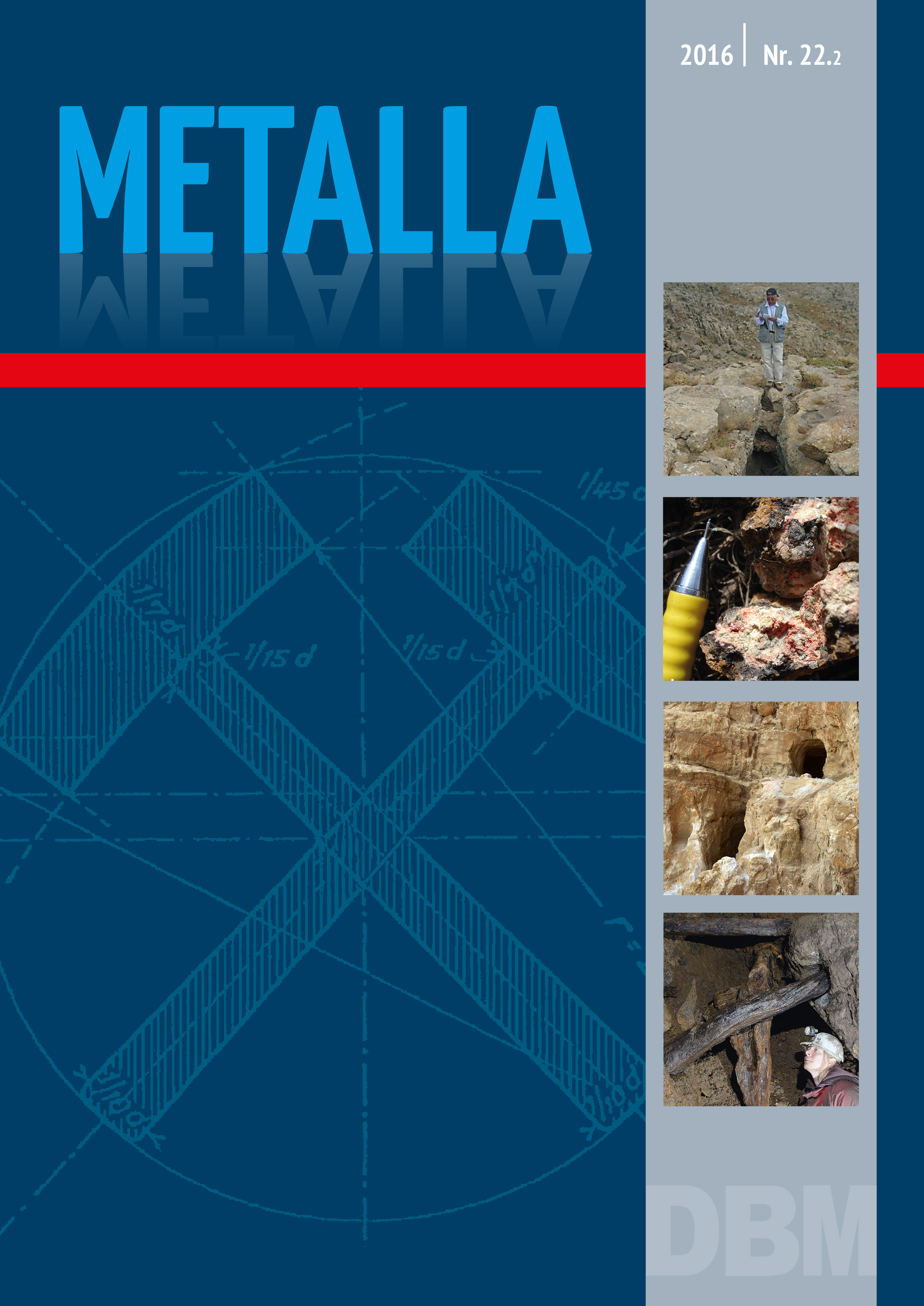High Medieval Silver Mining and Non-Ferrous Metallurgy in Northern Siegerland, Germany An Interim Report
DOI:
https://doi.org/10.46586/metalla.v22.2016.i2.185-201Keywords:
Middle Ages, Mining Archaeology, Argentiferous Fahlore, MintingAbstract
In northern Siegerland, located in the ore-rich Mittelgebirge region of Germany, a mining landscape based on copper, lead and silver metallurgy developed in the High Middle Ages. Beginning at least in the 10th century AD, silver-rich fahlore was mined and smelted. The 13th century is interpreted by archaeologists as the height of mining in the region with multiple mines, smelting sites as well as an impressive mining settlement at Altenberg near Müsen (Hilchenbach). At the current state of research, the decline in this high medieval mining area began at the end of the 13th century. Since 2013, with cooperation partners from Altenberg & Stahlberg e.V. Müsen, the Deutsches Bergbau-Museum Bochum and the LWL Archaeologie für Westfalen, new interdisciplinary research has focused on the prospection and excavation of mines, mine tailings, charcoal pits and smelting sites as well as the re-investigation and re-evaluation of the mining settlement of Altenberg near Müsen. This research, which is still in the initial phase, has already begun to provide new information on aspects of the development and organization of medieval non-ferrous metal production in this region.
Downloads
Published
Issue
Section
License
Copyright (c) 2017 Jennifer Garner, Rolf Golze, Manuel Zeiler

This work is licensed under a Creative Commons Attribution 4.0 International License.



